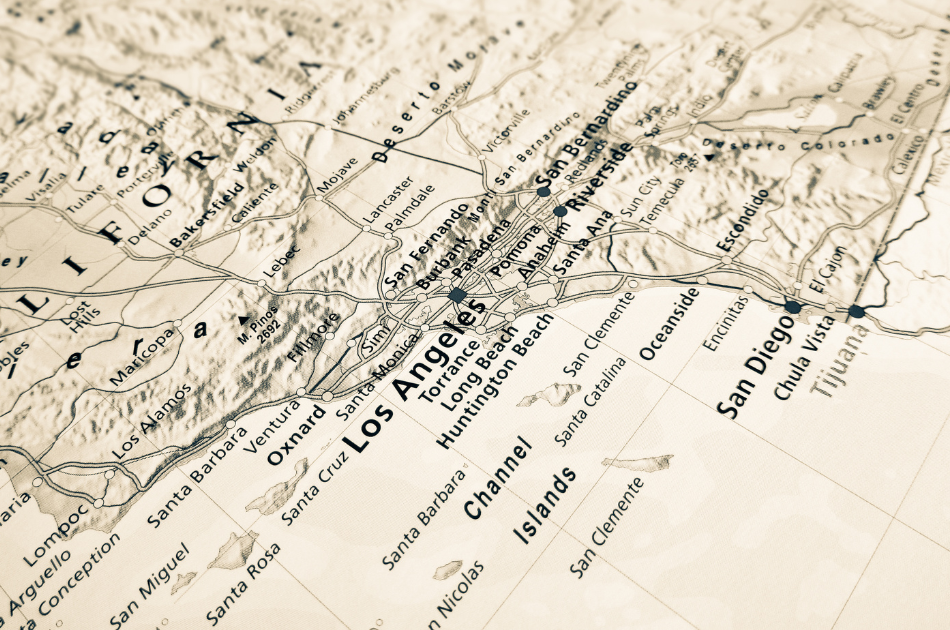People who follow auto racing or sailing know about aerodynamics and wind turbulence. Race cars leave eddies of disturbed air in their wake, slowing down the cars behind. Sailboats have similar eddies of turbulent air streaming back from their sails, slowing down the boats following.
Based upon this notion, researchers at Stanford have taken a look at how the wake from wind turbines can interfere with the efficiency of other turbines in the area and discovered that turbulence can decrease the efficiency of turbines down wind by as much as 40% or more. In an experiment at a wind farm in Alberta, Canada, the researchers repositioned the wind turbines so the turbulent air they created had less of an effect on other turbines in the area — a process they call wake steering. As a result, the overall power output of the farm increased by up to 47 percent in low wind speeds—depending on the angle of the turbines—and by 7 to 13% in average wind speeds.
The observed power improvement at low wind speeds was particularly important because turbines typically stop spinning below a minimum speed, cutting production entirely and forcing grid managers to rely on backup power. But with wake steering, that problem can be minimized. The researchers now hope this will change the ways that wind farms arrange their turbines to make them more efficient.












